Cinthya Santos-Briones
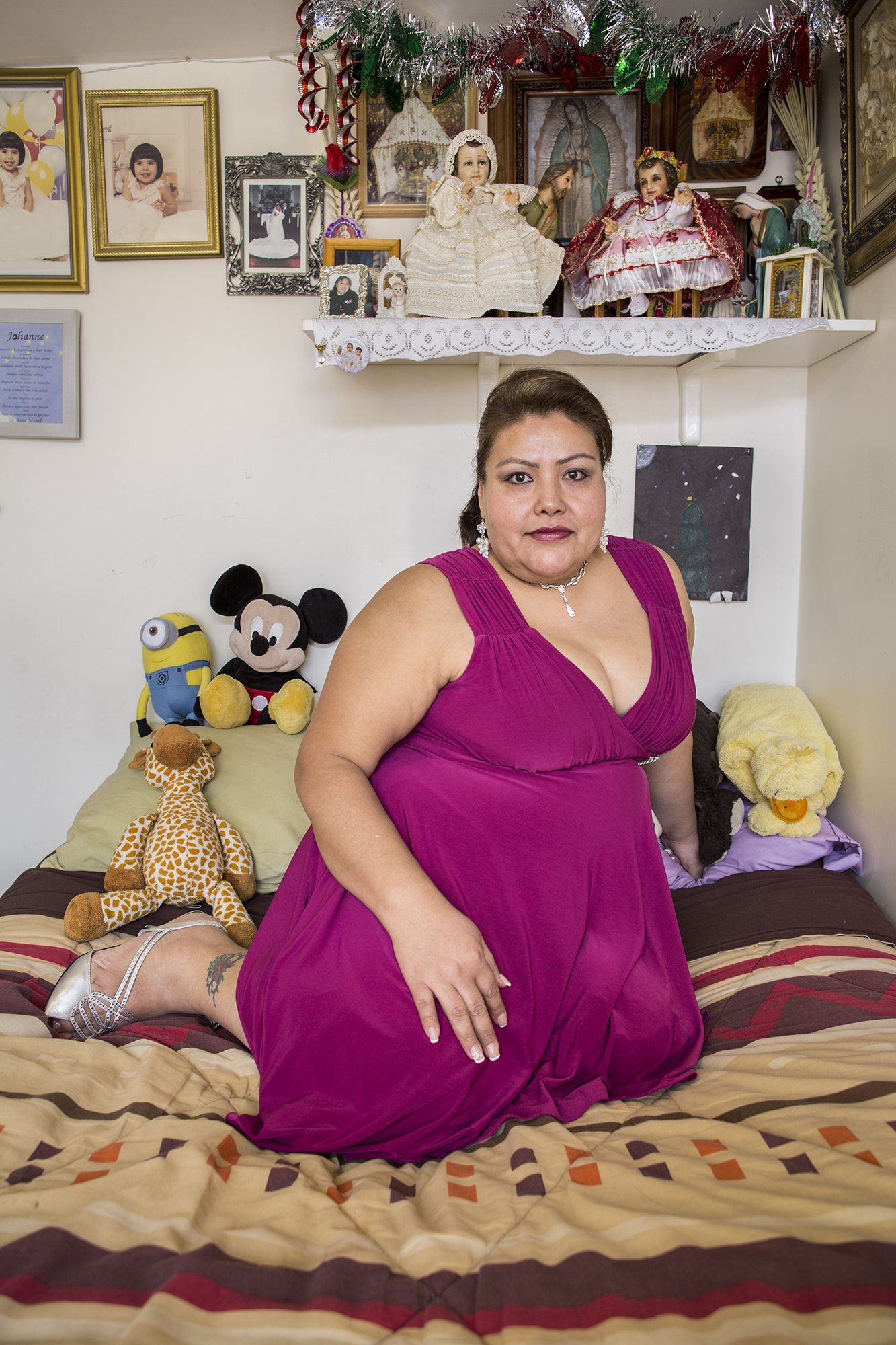
Ale Gonzalez

Alejandra Mendez is from the neighborhood Colonia León, Atlixco, Puebla. She immigrated to New York 20 years ago, and since then has lived in Corona, Queens, with her husband and two children. To make a living, Alejandra works cleaning houses, while in her spare time she likes to do crafts and cook.
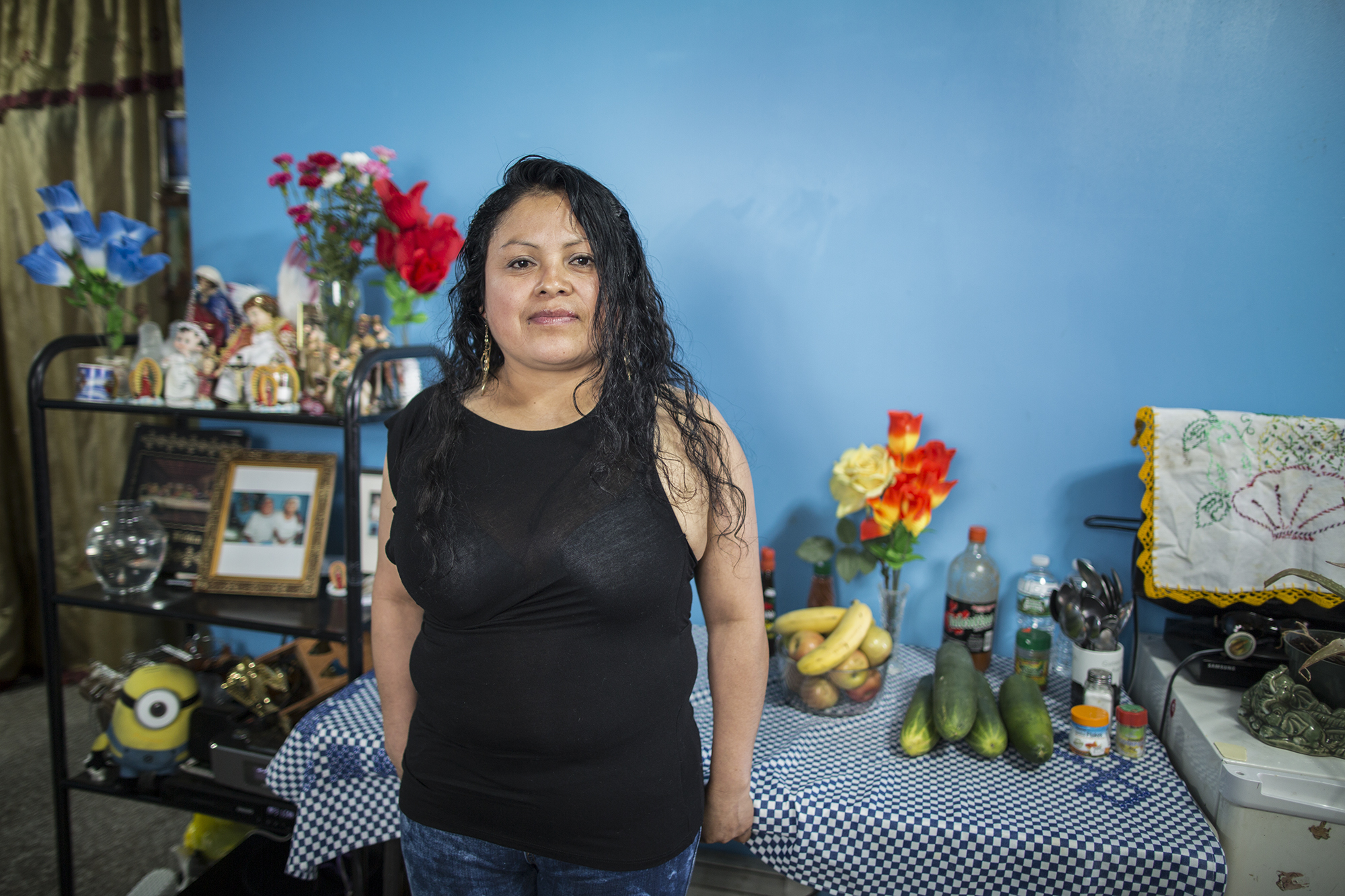
Alicia Cruz is from Acatlán de Osorio, Puebla, México. She works as a street vendor in a flea market in Sunset Park, Brooklyn.
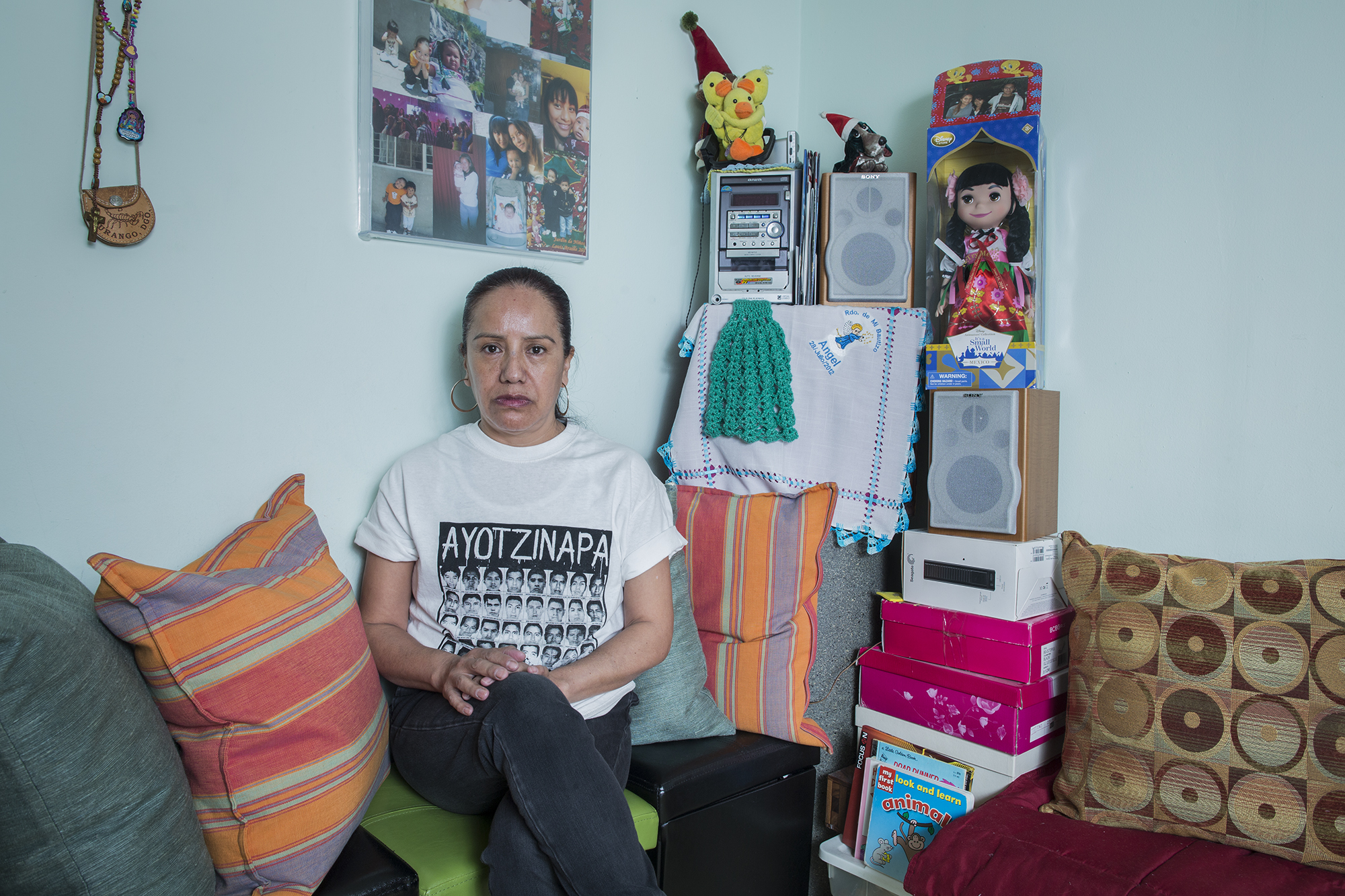
Alicia Mendieta at her home on 62nd Street in Bay Parkway, Brooklyn. Alicia is an activist for immigrant rights in the city of New York. She has been involved in different pro-immigrant organizations. She came to the United States 16 years ago, leaving all her family back in México. Her grandchildren call her “la abuelita de las maravillas” (wonder Granny). She has worked mainly as a nanny.
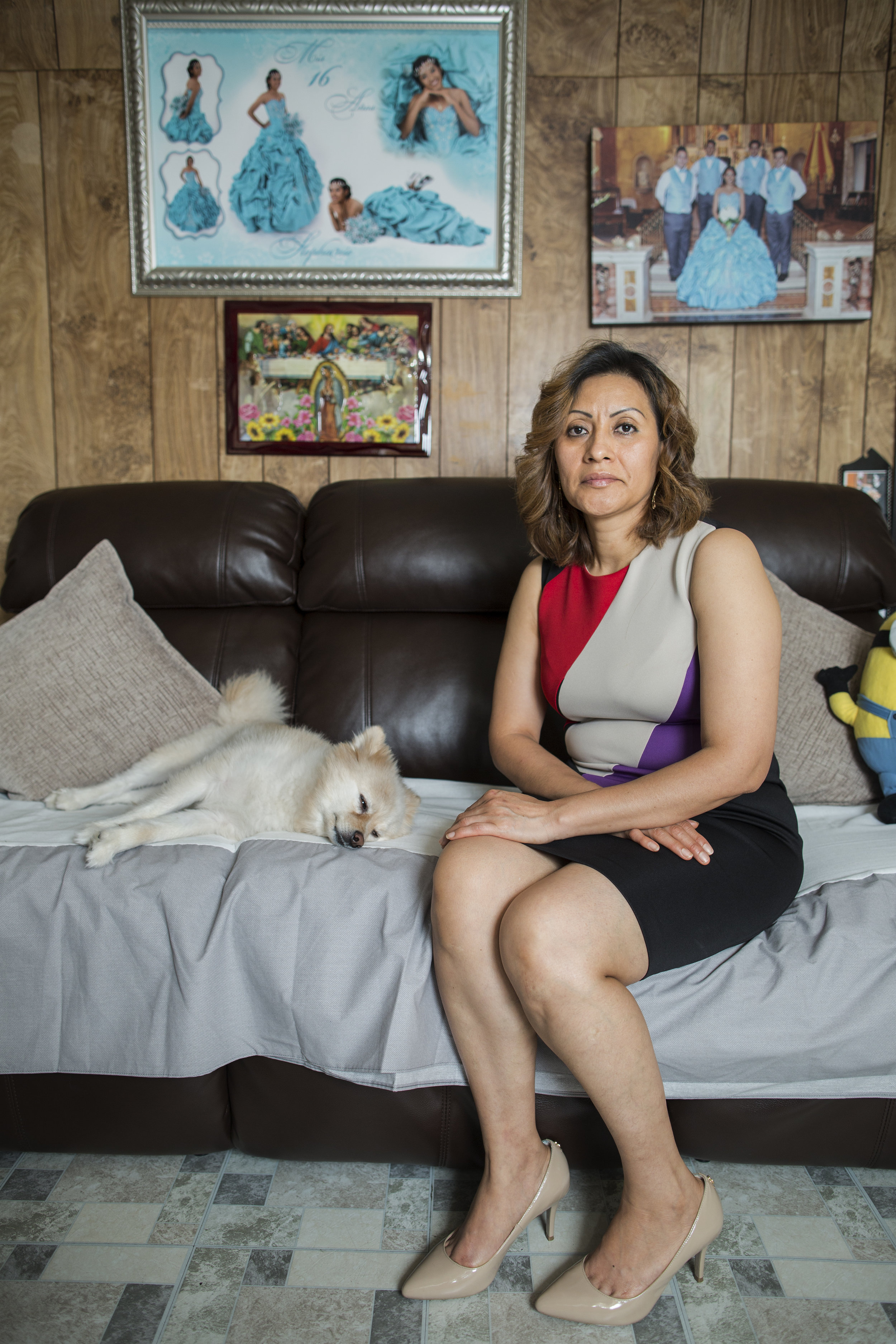
Angelica
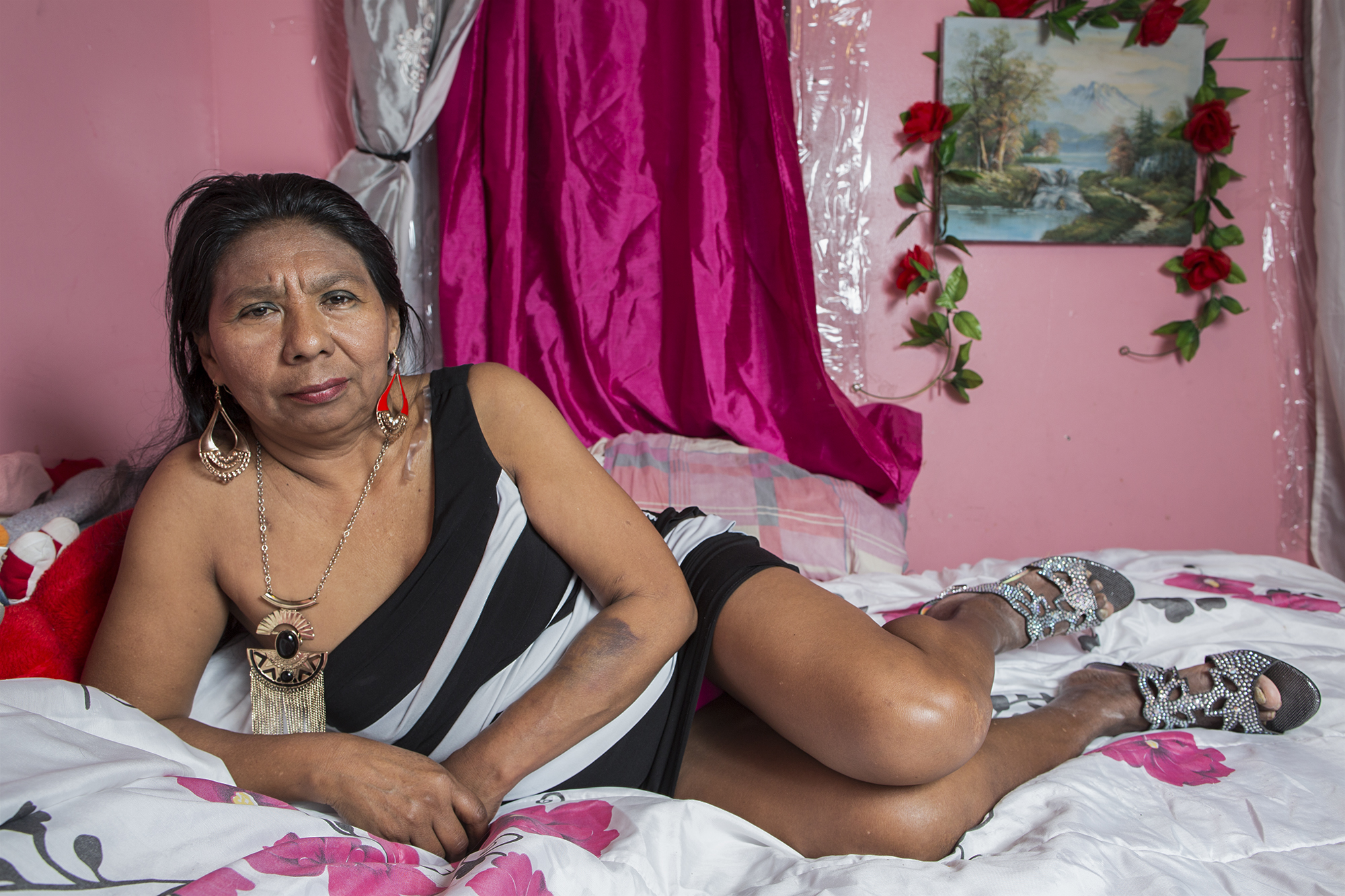
Dionisia Martínez, in her bedroom on 45th Street in Sunset Park, Brooklyn. She is a singer and dancer of Mexican folklore. Born in Atencingo, Puebla, she has been based in New York since 2002. Since then she has worked washing dishes in restaurants, selling balloons, and cleaning, but her passion is singing. She is better known as “Lupe Cantarrecio” (Lupe “who sings out loud”). She has a role in the documentary “Me Voy” (I go) directed by the film-making collective Mu Media.
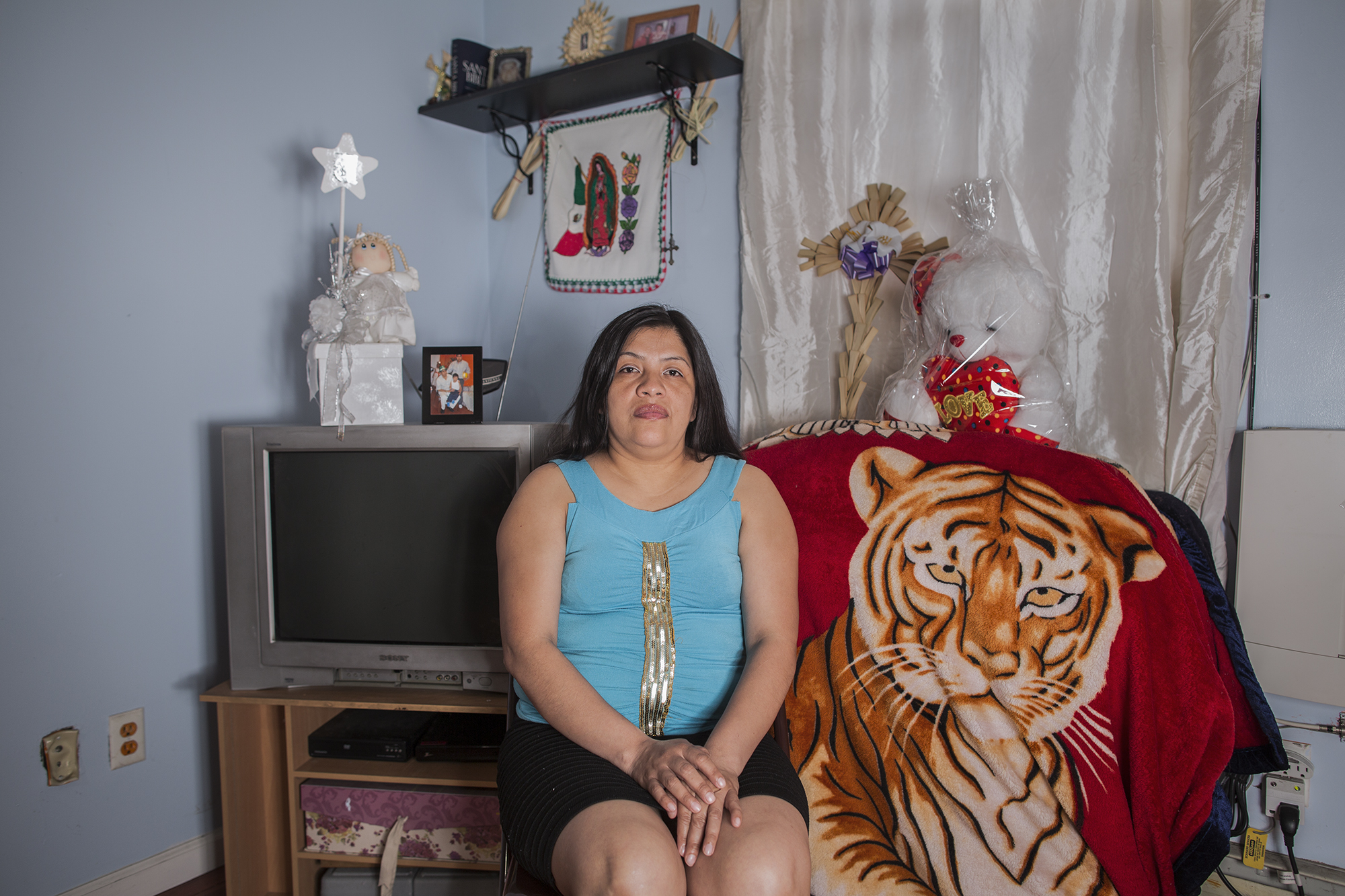
Dolores Mendez
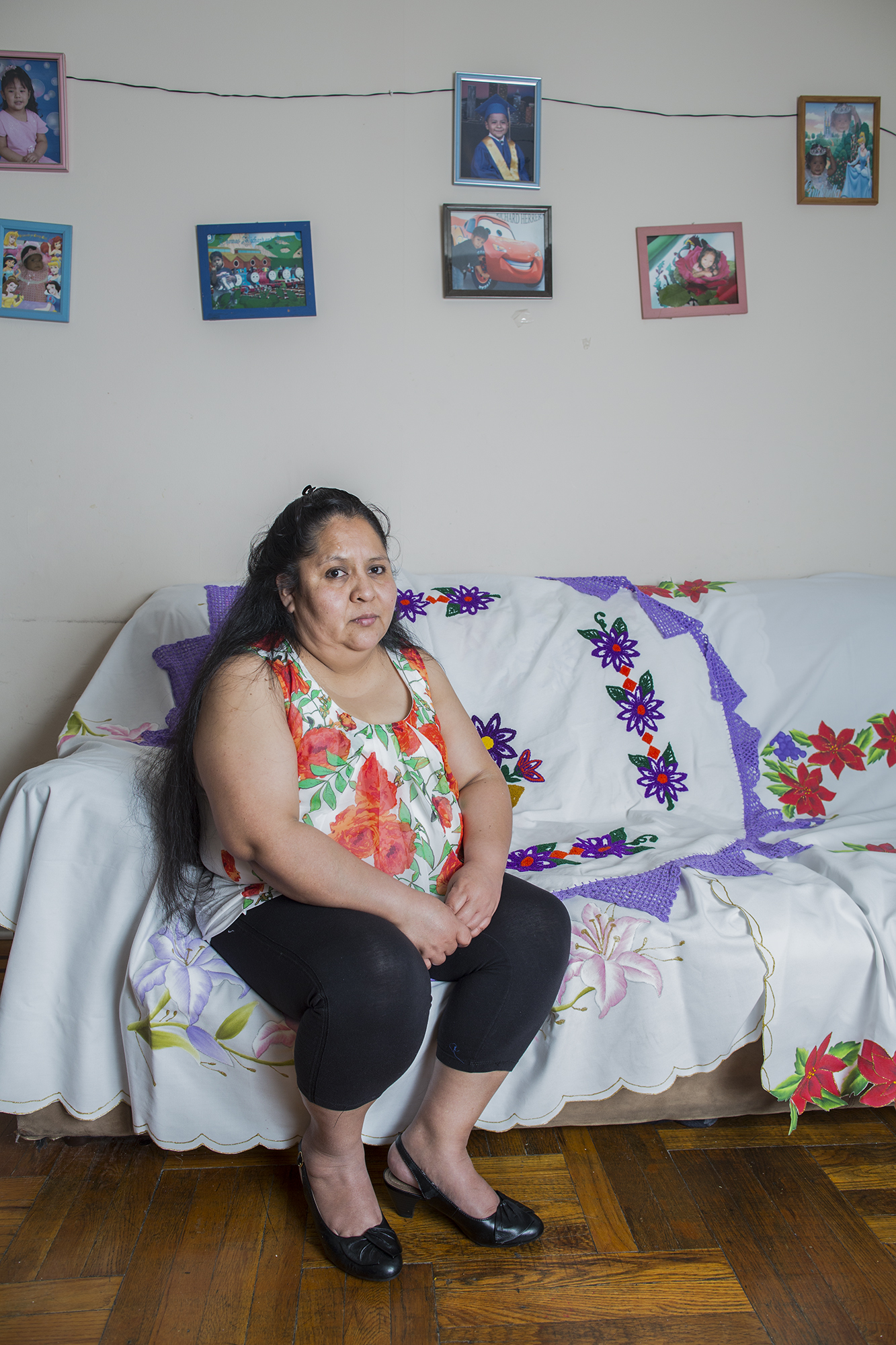
Elizabeth Herrera in her house in Bay Ridge, Brooklyn. She is from Temascalapa Puebla - living in New York for the last 16 years. She has two children born in the United States. For now she is working in a bakery and is part of the Adventist Church.
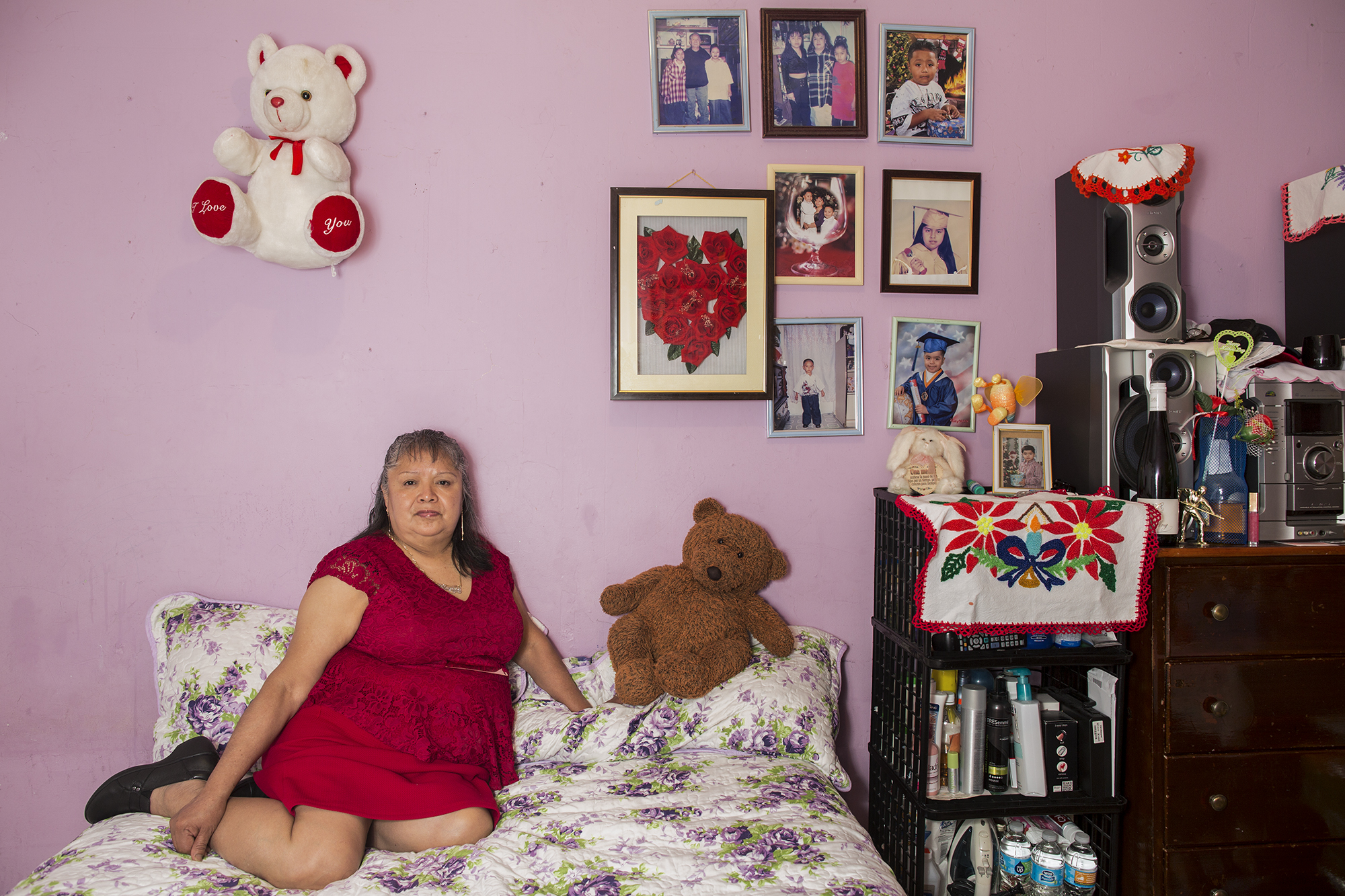
Engracia Arellano is an immigrant from Temascalapa, Puebla, México. She has been in New York for 25 years, working in different kinds of jobs but mainly in factories. For the last 11 years she has been living in Bushwick, Brooklyn, with her family. She loves to cook Pozole.
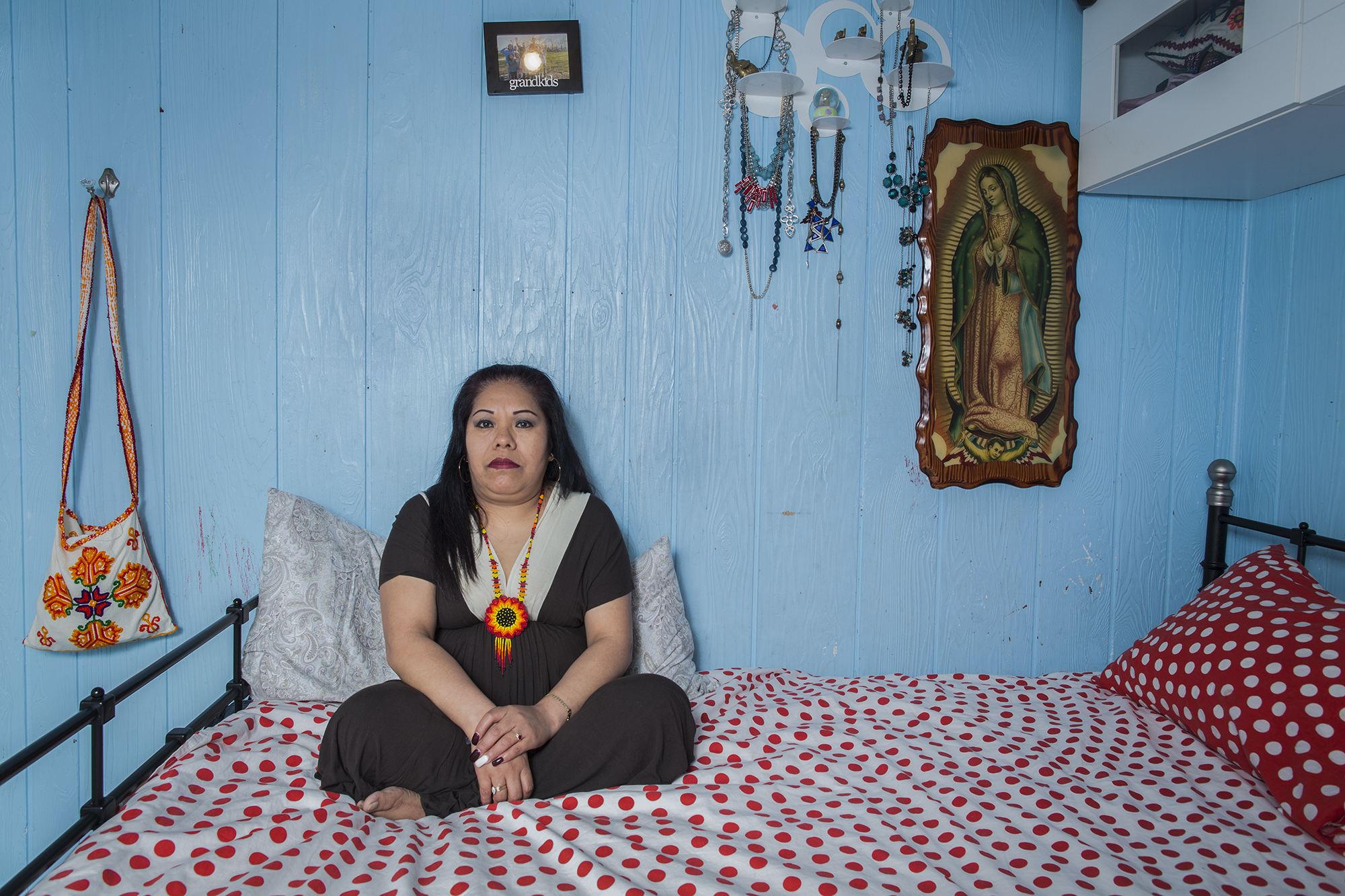
Eugenia Cayetano is an immigrant from the state of Michoacán, México, born in a Mazahua indigenous family. Eugenia has been living in New York for 24 years and is part of a cleaning workers’ cooperative named “Si se puede,” based in Sunset Park, Brooklyn.
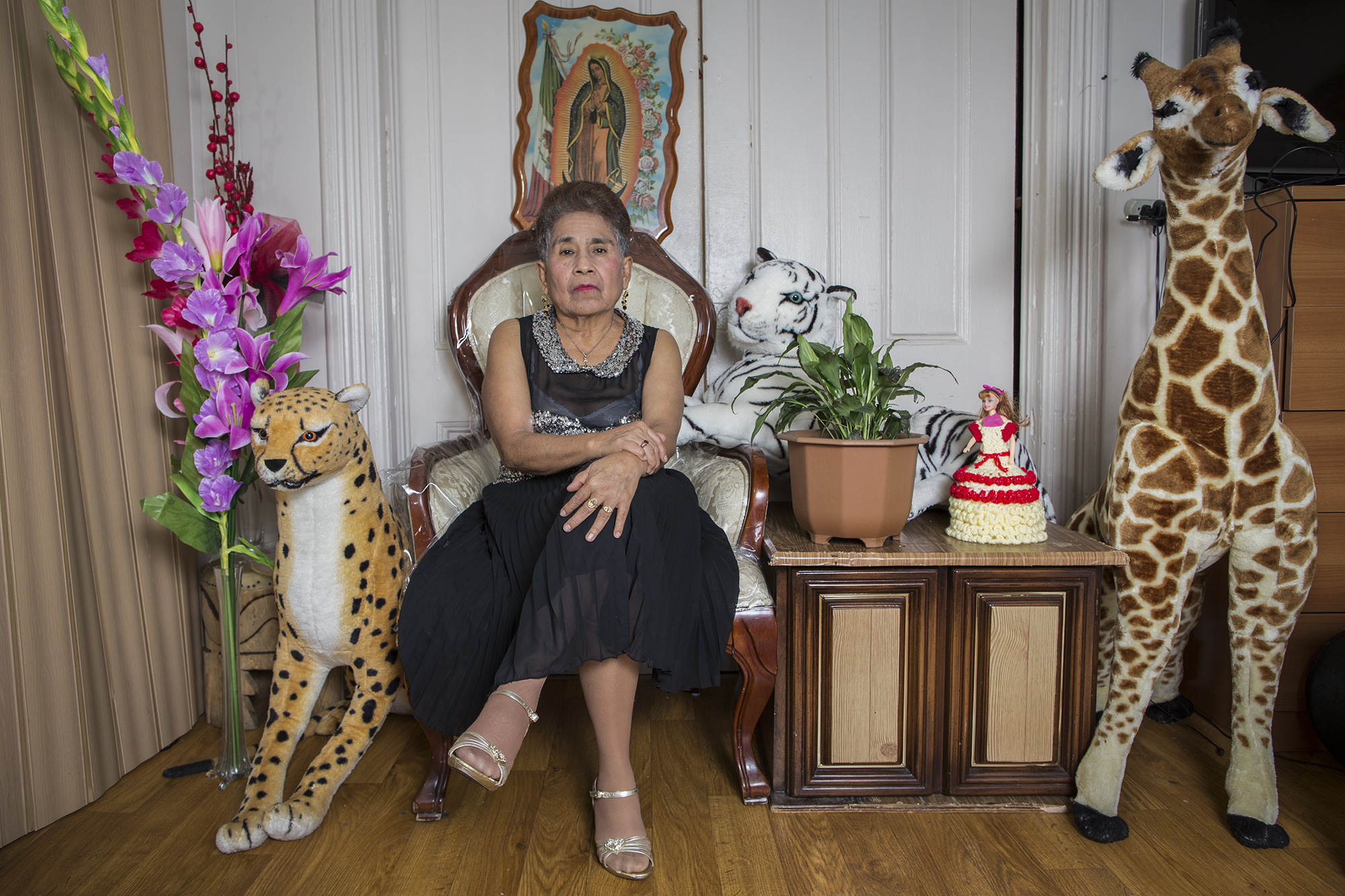
Gisela Bravo Martinez in her apartment at 45th Street in the neighborhood of Sunset Park, Brooklyn, New York. She is from San Bernardino, Acatlán de Osorio, State of Puebla, México. She has been living in New York City for more than two decades working in groceries and factories, though she is a professional seamstress. She is 66 years old and a grandmother of six.
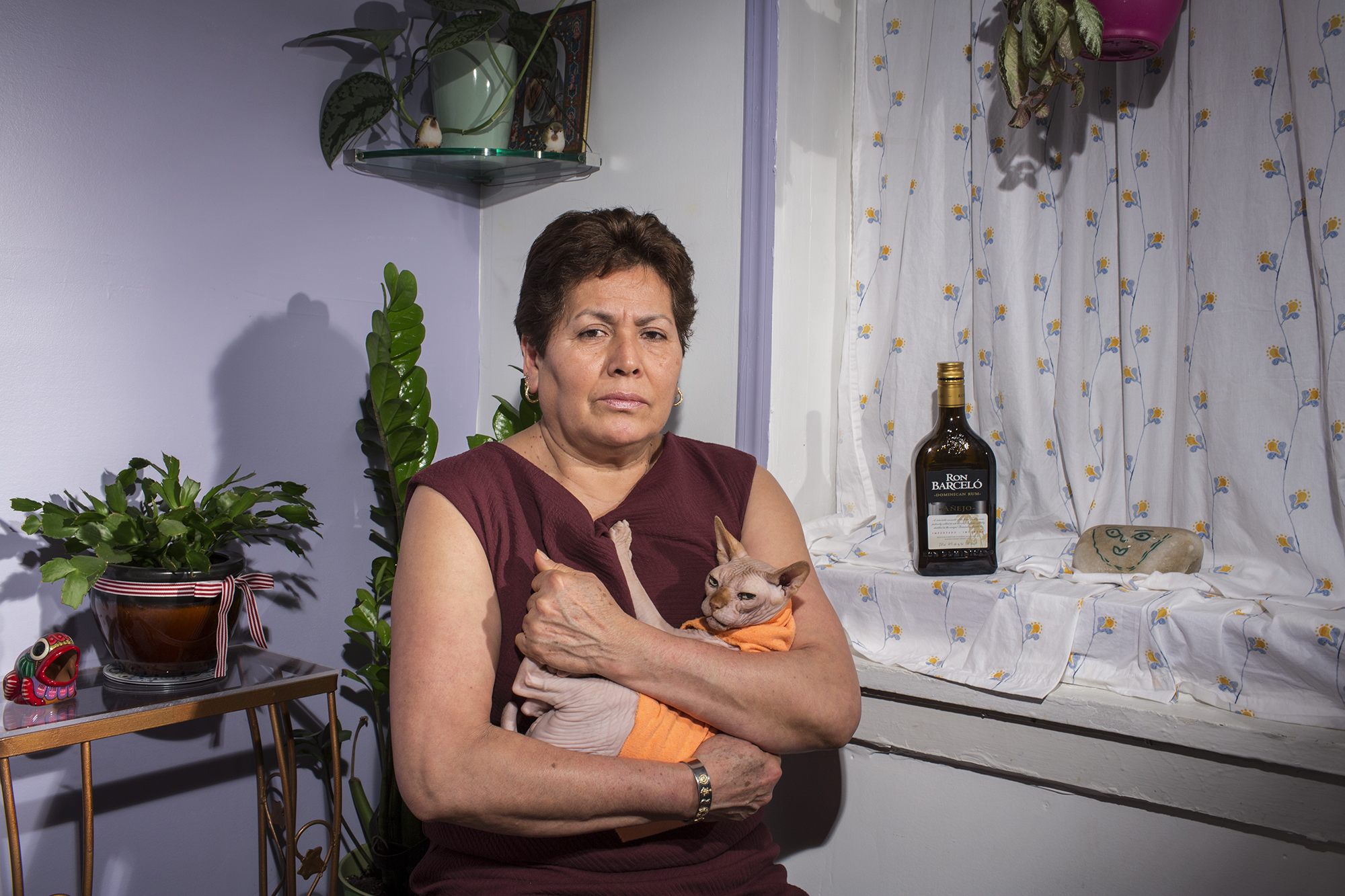
Guadalupe Lara is an activist. After Hurricane Sandy in 2012, she became involved in the church of Saint Jacobi, where she is the president of the church council, the main hub of what came to be known as “Occupy Sandy.” She organized and coordinated the food supplies to provide food and help to the victims of the hurricane. Lupe likes to go to the casinos.
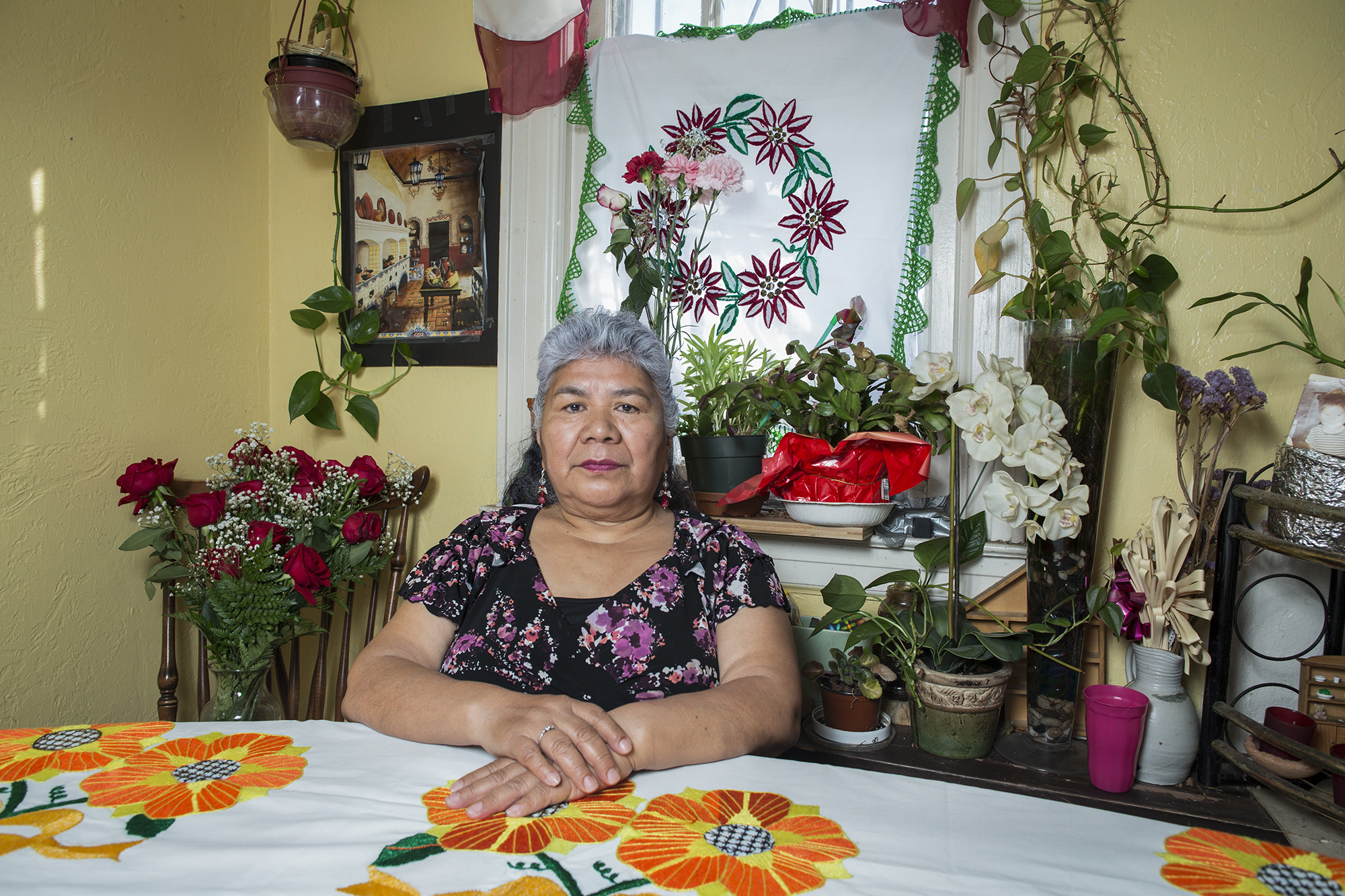
Honorina Moran is from Huajuapan de León, Oaxaca. She is 67 years old and lives in Long Island City, Queens, with her family. Honorina came to New York 12 years ago, crossing the Mexican border to reunite herself with her family because all of her daughters and grandchildren live in the United States.

Irma Verduzco is from Morellia, Michoacán, México. She came to New York 26 years ago, having crossed the border with one of her two children. Actually, she has three jobs: cleaning houses, babysitting, and picking up plastic bottles out on the streets. She lives in Sunset Park, Brooklyn.

Josefina Torres is from La Unión Tecomatlán, Puebla. She is a professional baker of traditional Mexican breads. Josefina emigrated to the United States in 1974 and since then has been living in the Bronx. Currently she has 13 grandchildren.

Juanita Torres de León in the kitchen at her home on 59th Street, Sunset Park, Brooklyn. She was born in Atencingo, Puebla, but for 27 years she has lived with her whole nuclear family in Sunset Park. Juanita is a member of Saint Jacobi’s Church and coordinator of the community kitchen. Juanita was part of the team that eventually came to be known as “Occupy Sandy” in 2012, feeding the volunteers who were helping hurricane victims.
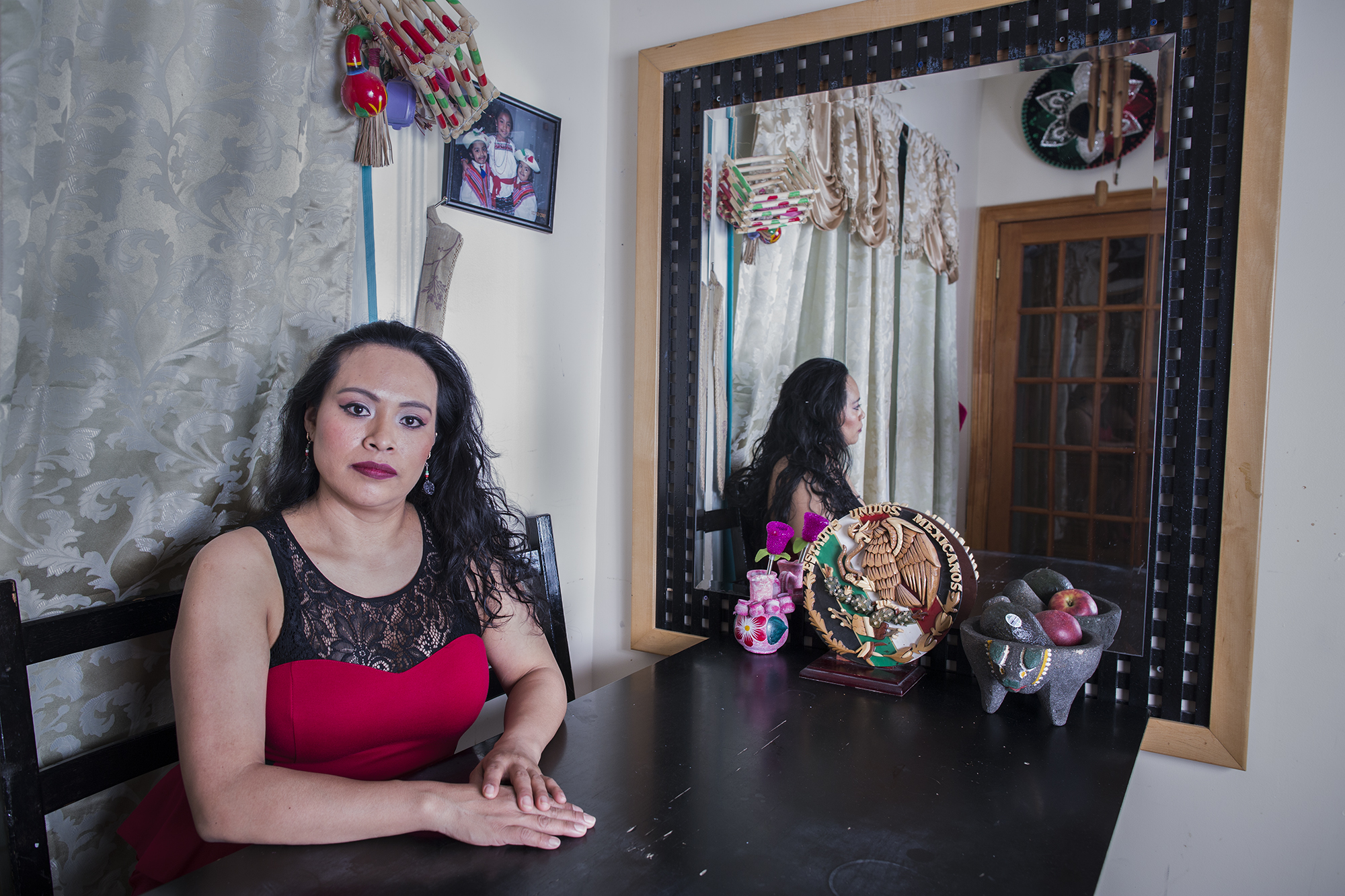
Magda Gutierrez, born in the state of Tlaxcala, México, migrated to New York 22 years ago. She has three children and a granddaughter born in the USA. Magda has been part of several community organizations working for the rights of immigrants in Sunset Park, Brooklyn. At her age, 38 years old, she is pregnant with her fourth child.
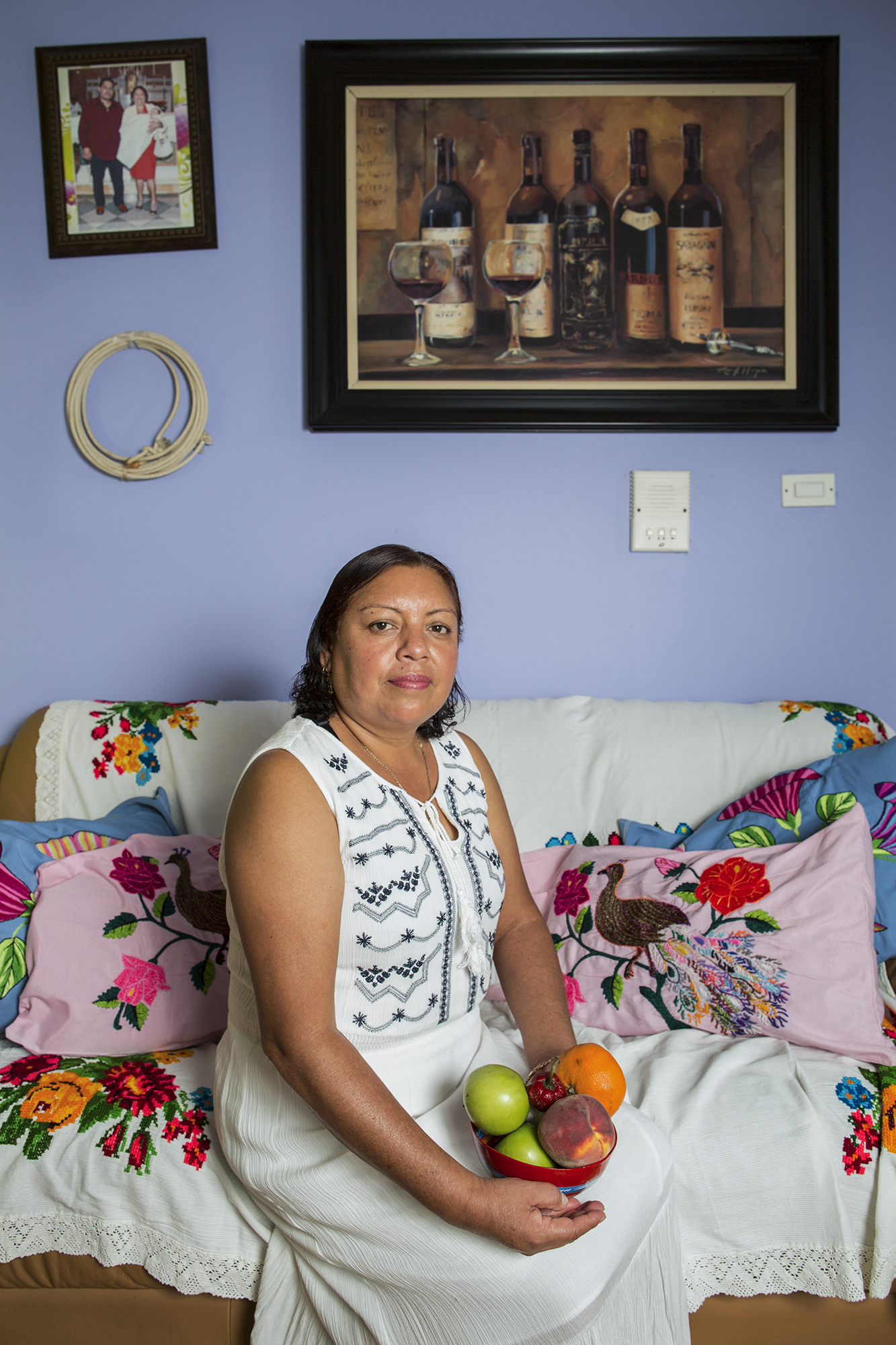
Mary Rojas is an immigrant from Izúcar de Matamoros, Puebla, México. She has been in New York for 20 years, living in Astoria, Queens.
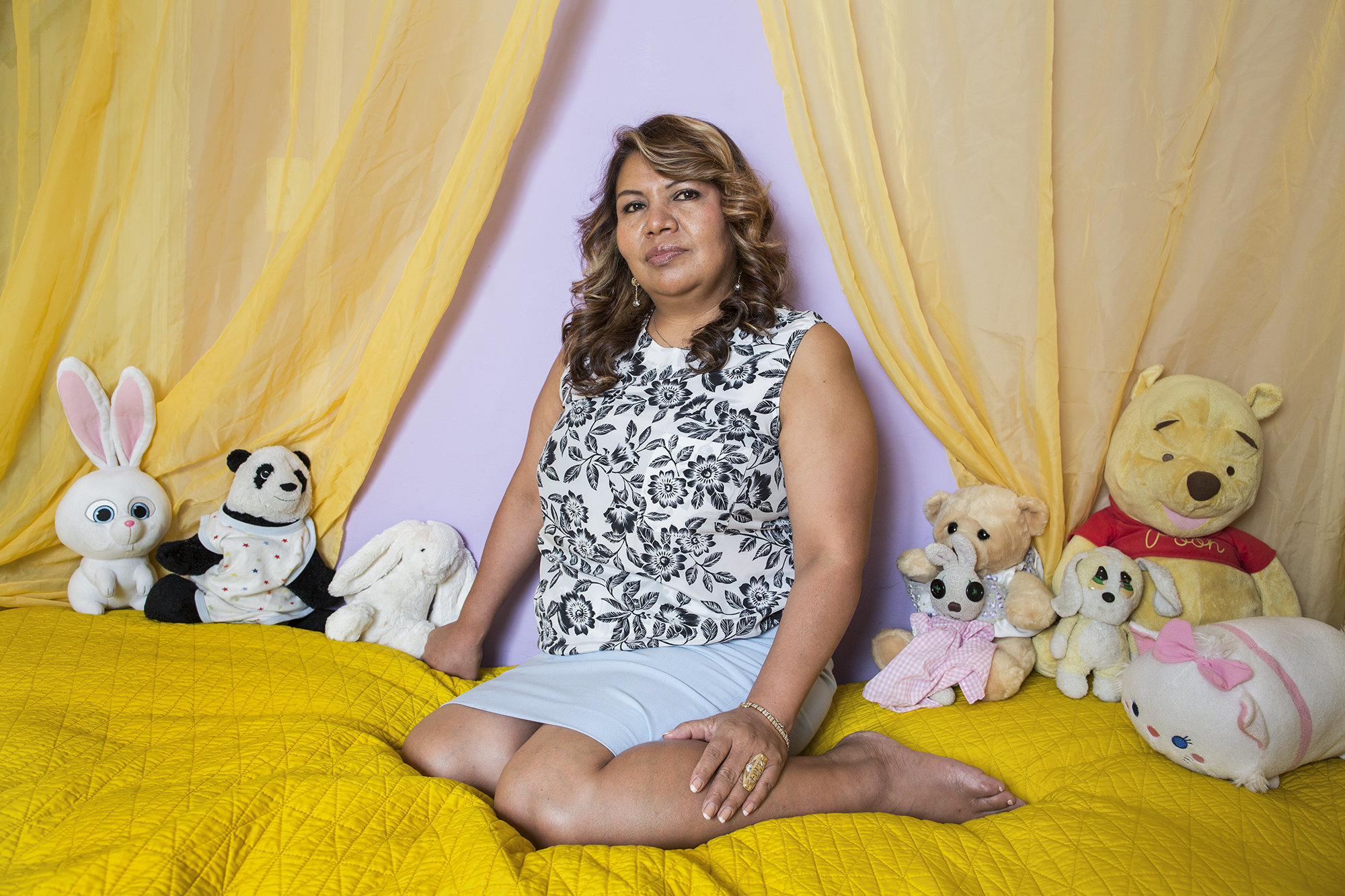
Paulina Garcia is from the community of San Juan Tianguismaninalco of the state of Puebla. She has been in New York for 20 years. Paulina has one granddaughter born in the United States. She is a hairstylist. She lives in Brooklyn, New York. She is 50 years old.
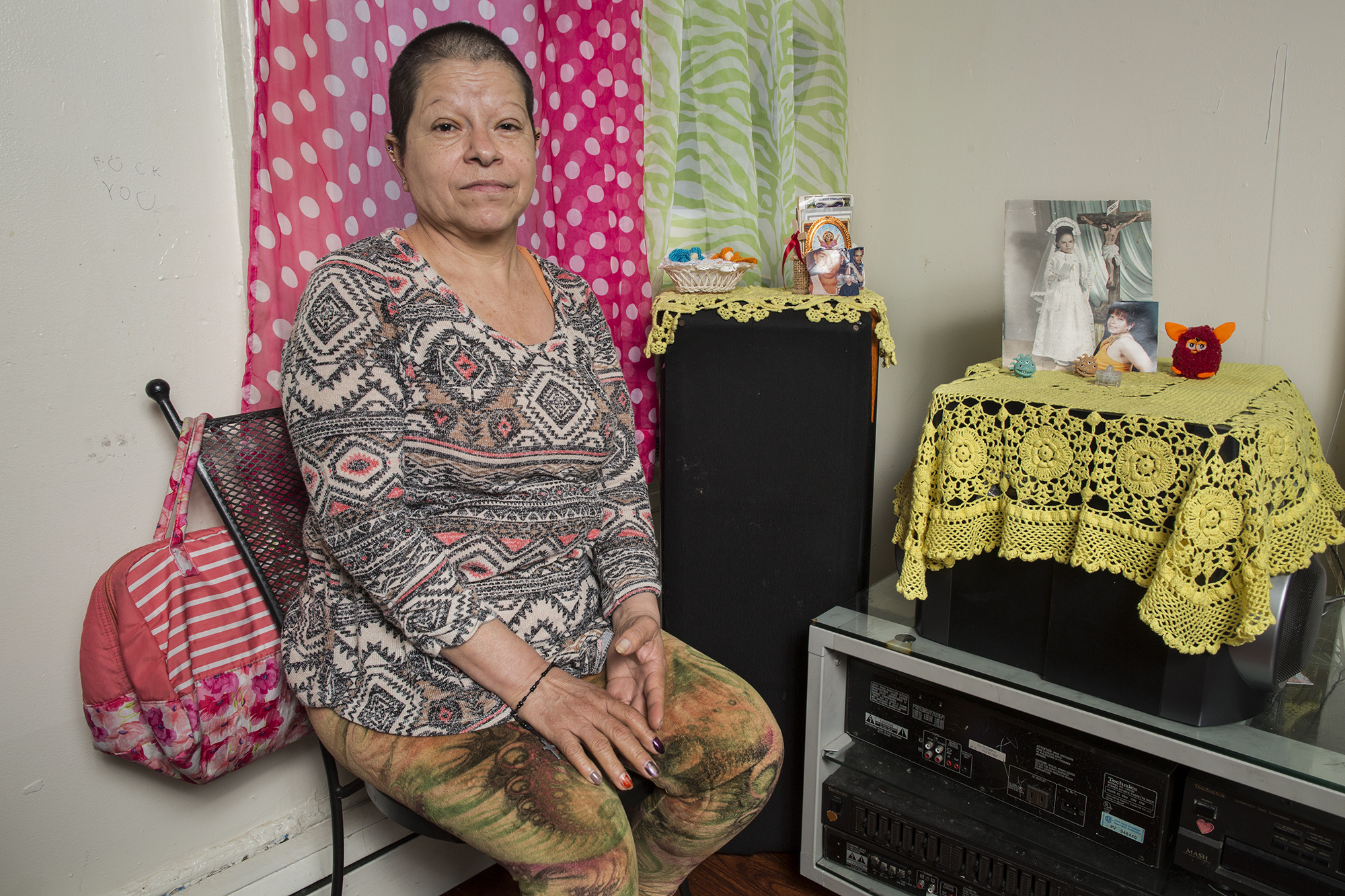
Maria Mafra was born in Nezahualcóyotl, state of México City. She has been in the United States for the last 30 years. She has lived in Texas and has recently moved to Sunset Park, Brooklyn. To make a living, Maria works in a grocery store selling fruit in Brooklyn.

Viky Ortiz
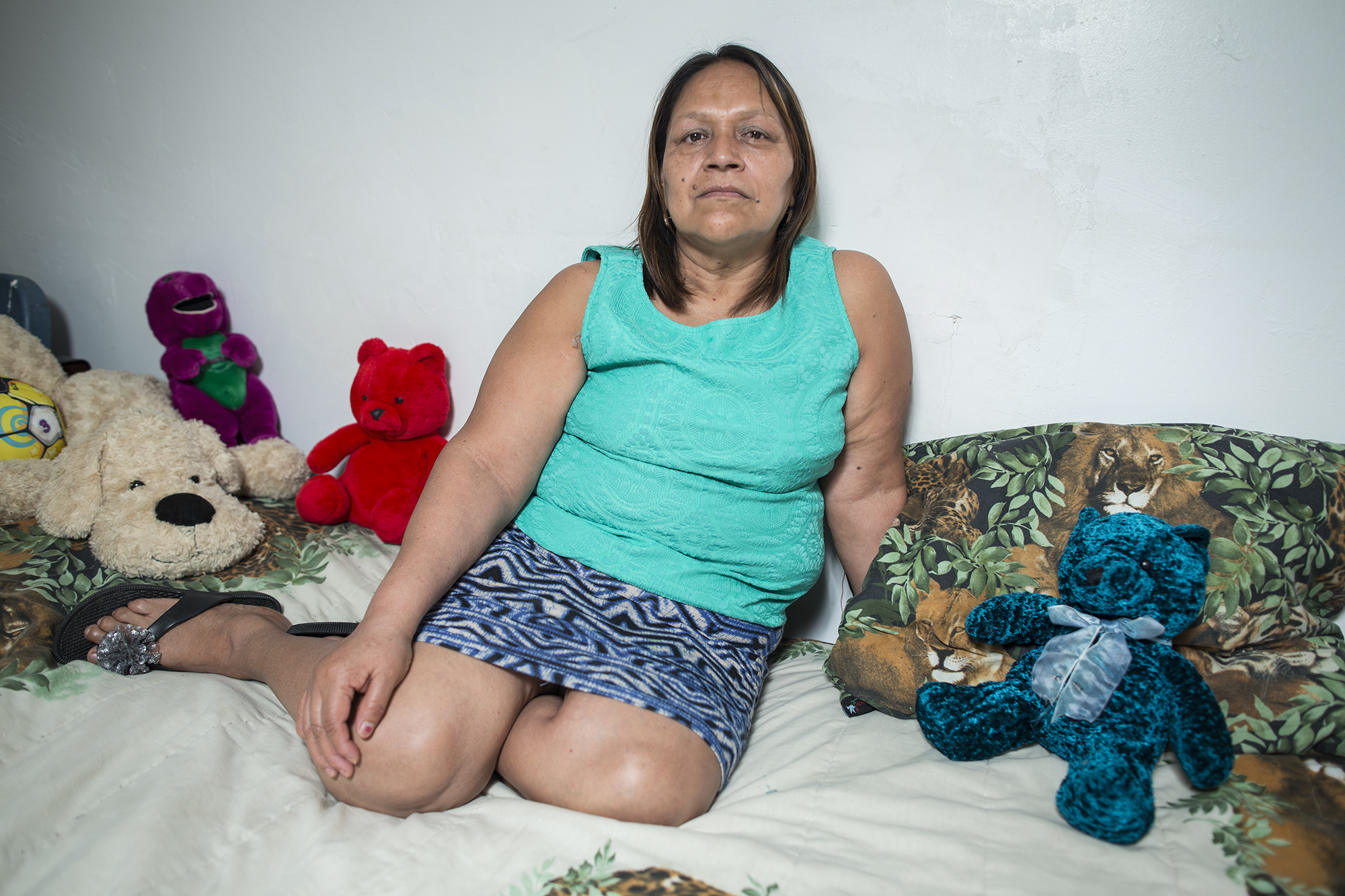
Virginia Segura has been living in the Bronx with her husband and four of her five children since 18 years ago. She is from Taxco, Guerrero, México.
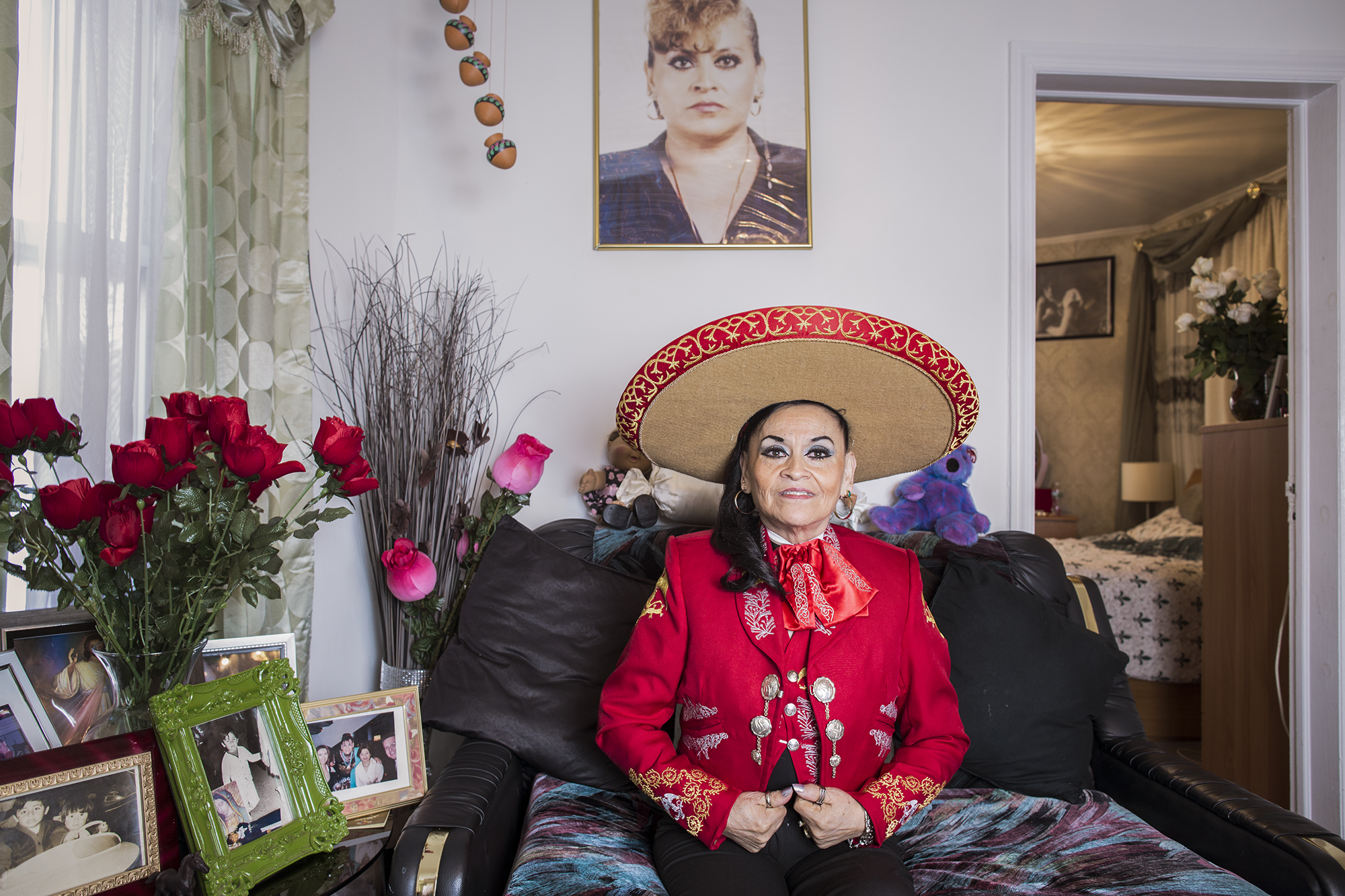
Yolanda Leticia is a mariachi singer from Veracruz, México, and coordinator and teacher of the Mariachi Academy for children in New York. In her house in Jamaica, Queens, she has a studio where she rehearses her singing. Yolanda is considered the Queen of Mariachi in New York, appearing in various scenarios around the United States singing the vernacular music of México.
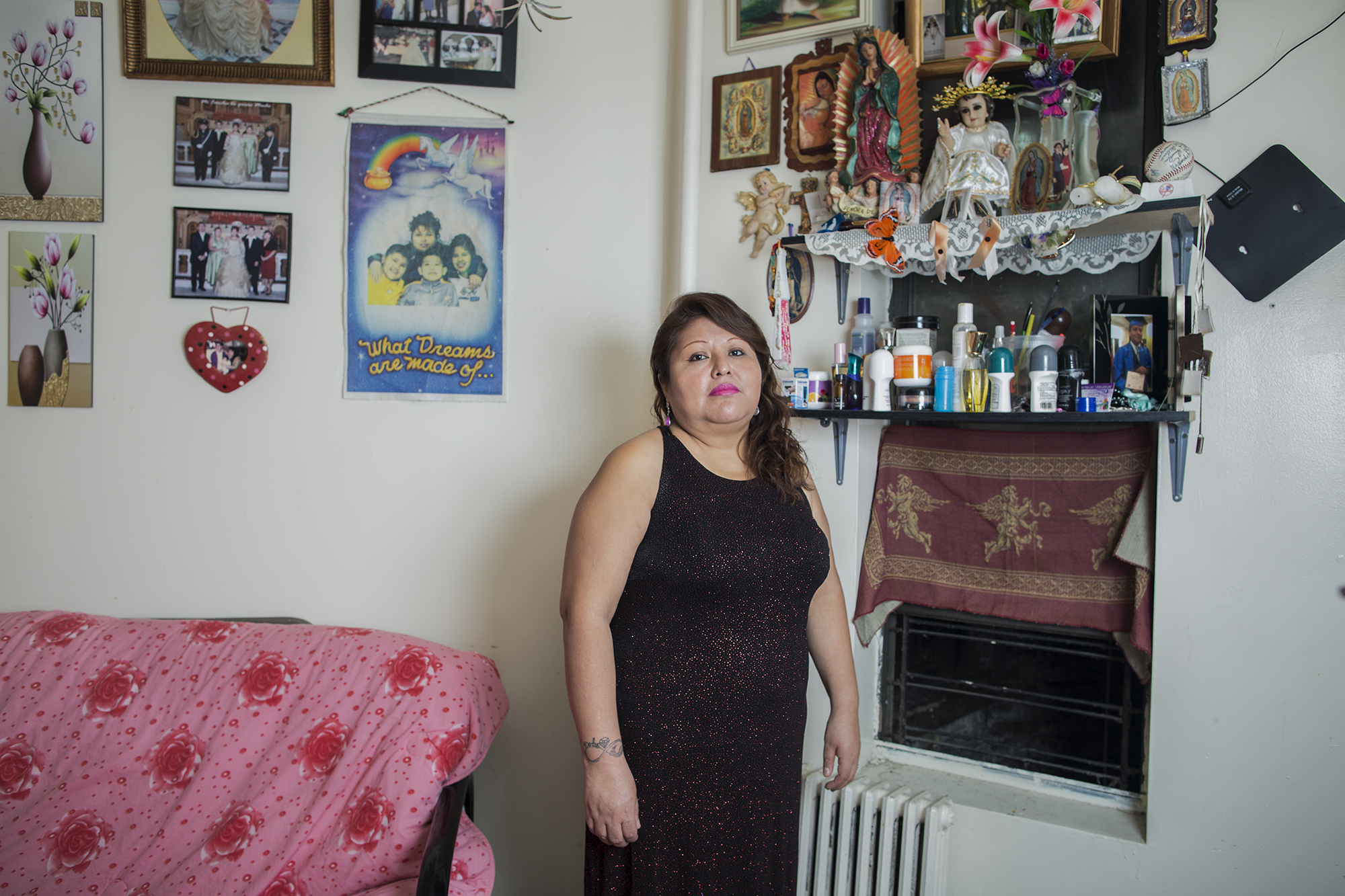
Yolanda is an activist member of the organization New Sanctuary Movement. She is originally from Xochihuehuetlán, state of Guerrero, México, but for 20 years she has been living in the Bronx. She likes tattoos and cooking the traditional food of her town, like pozole.
Abuelas
June 7–July 1, 2018
Artist talk: Saturday, June 9, 3:00 PM
Abuelas is a portrait series that honors the culture and experiences of Mexican immigrant women living in New York. Having come to the United States decades ago in search of opportunity for themselves and their families, these women are now the elders—the abuelas—in their communities. Although they are well established here, many have children and grandchildren living on both sides of the US-Mexico border and some must work unstable or exploitative low-wage jobs due to their immigration status. For these collaborative portraits, Cinthya Santos-Briones invites each sitter to choose where and how she would like to be photographed in her home in order to reflect each woman’s sense of self. The artist writes that "in these photographs, the homes´ decorations become part of the women's wider symbolic recreation of culture, memory, and ownership beyond borders.”
Before becoming a documentary photographer, Cinthya Santos-Briones studied anthropology and history, which led her to work as a researcher in institutions in Mexico focused on the study of indigenous and rural communities. Her work as a photographer is centered on community, migration, gender, identity, and the struggle for human rights. Santos-Briones is a recent graduate of the Visual Journalism And Documentary Practice Program at the International Center Of Photography in New York City. In the autumn of 2016 she received a fellowship granted by the Magnum Foundation.
Abuelas is a 2018 En Foco Fellowship Prize Exhibition generously supported by The Harold & Arlene Schnitzer CARE Foundation/Arlene Schnitzer and Jordan Schnitzer.
